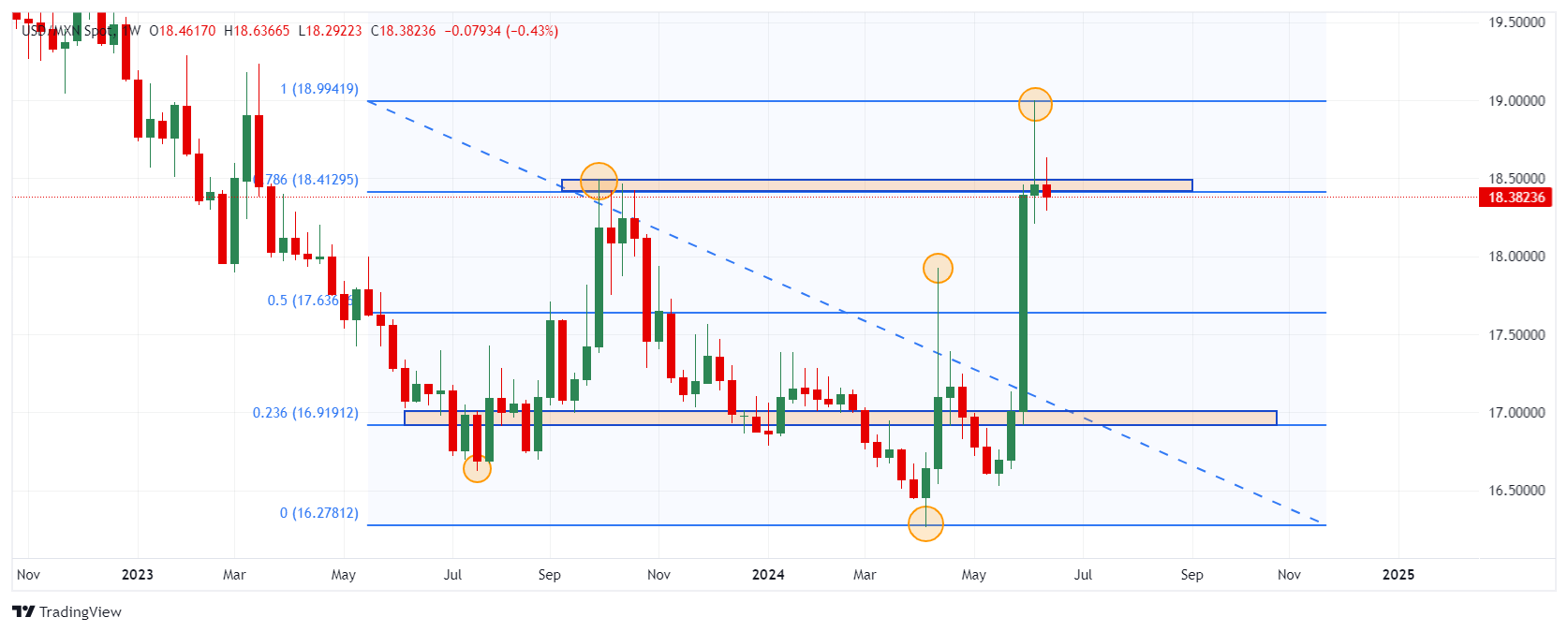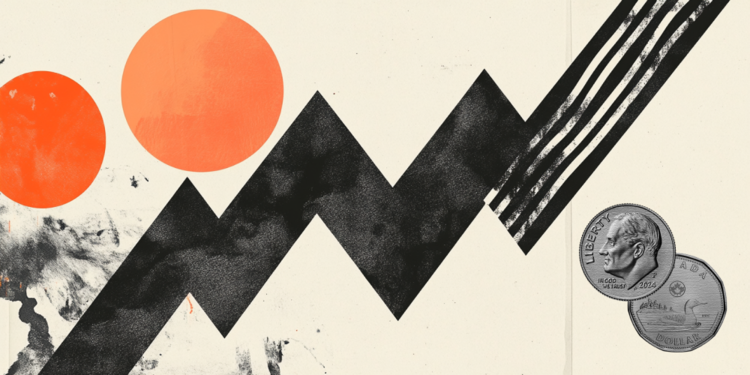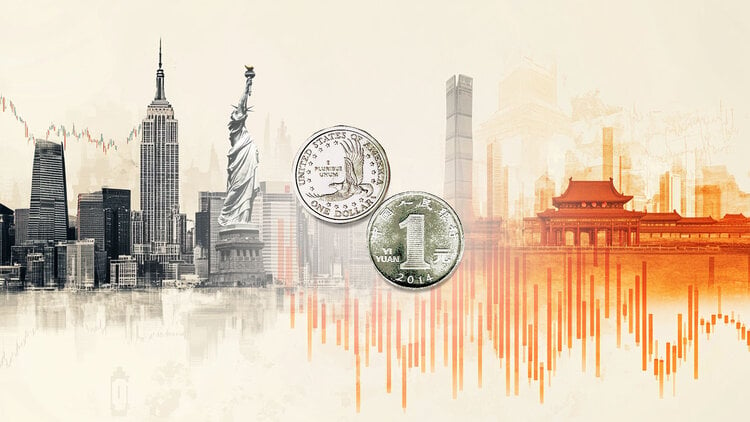- USD/MXN reacts lower, trading at $18.38 and losing 0.25% on the day.
- Retail sales rose 0.5% monthly in April, beating the market consensus that expected a 0.3% decline.
- In the year-on-year reading, retail sales recorded an increase of 3.2%, compared to a fall of 1.7% in March.
USD/MXN started the European session higher posting a daily high of 18.46, finding sellers that took the pair to a daily low of 18.36. At the time of writing, the price of the US Dollar against the Mexican Peso is trading at 18.38, losing 0.25% on the day.
Retail sales record their best level in five months
Based on information from the National Institute of Statistics and Geography (INEGI), Mexican retail sales rose 0.5% monthly in April, exceeding market expectations that expected a drop of 0.3%.
In the year-on-year reading, an increase of 3.2% has been recorded, compared to the 1.5% estimated by analysts. This is the largest increase since January 19, 2024.
Technical levels in the USD/MXN
The USD/MXN has consolidated in the short term within the 18.40 – 18.38 area, the closest support is found in the 17.65 area, given by the 50% Fibonacci retracement. The next support is at 17.00, converging with the 23.6% Fibonacci retracement. The nearest resistance zone is at 19.00 high reached on June 12.
Mexican Peso Weekly Chart

The US Dollar FAQs
The United States Dollar (USD) is the official currency of the United States of America, and the “de facto” currency of a significant number of other countries where it is in circulation alongside local banknotes. According to 2022 data, it is the most traded currency in the world, with more than 88% of all global currency exchange operations, equivalent to an average of $6.6 trillion in daily transactions. After World War II, the USD took over from the pound sterling as the world’s reserve currency.
The single most important factor influencing the value of the US Dollar is monetary policy, which is determined by the Federal Reserve (Fed). The Fed has two mandates: achieve price stability (control inflation) and promote full employment. Your main tool to achieve these two objectives is to adjust interest rates. When prices rise too quickly and inflation exceeds the 2% target set by the Fed, the Fed raises rates, which favors the dollar. When Inflation falls below 2% or the unemployment rate is too high, the Fed can lower interest rates, which weighs on the Dollar.
In extreme situations, the Federal Reserve can also print more dollars and enact quantitative easing (QE). QE is the process by which the Fed substantially increases the flow of credit into a clogged financial system. This is an unconventional policy measure used when credit has dried up because banks do not lend to each other (for fear of counterparty default). It is a last resort when a simple lowering of interest rates is unlikely to achieve the necessary result. It was the Fed’s weapon of choice to combat the credit crunch that occurred during the Great Financial Crisis of 2008. It involves the Fed printing more dollars and using them to buy US government bonds, primarily from financial institutions. QE usually leads to a weakening of the US Dollar.
Quantitative tightening (QT) is the reverse process by which the Federal Reserve stops purchasing bonds from financial institutions and does not reinvest the principal of maturing portfolio securities in new purchases. It is usually positive for the US dollar.
Source: Fx Street
I am Joshua Winder, a senior-level journalist and editor at World Stock Market. I specialize in covering news related to the stock market and economic trends. With more than 8 years of experience in this field, I have become an expert in financial reporting.







